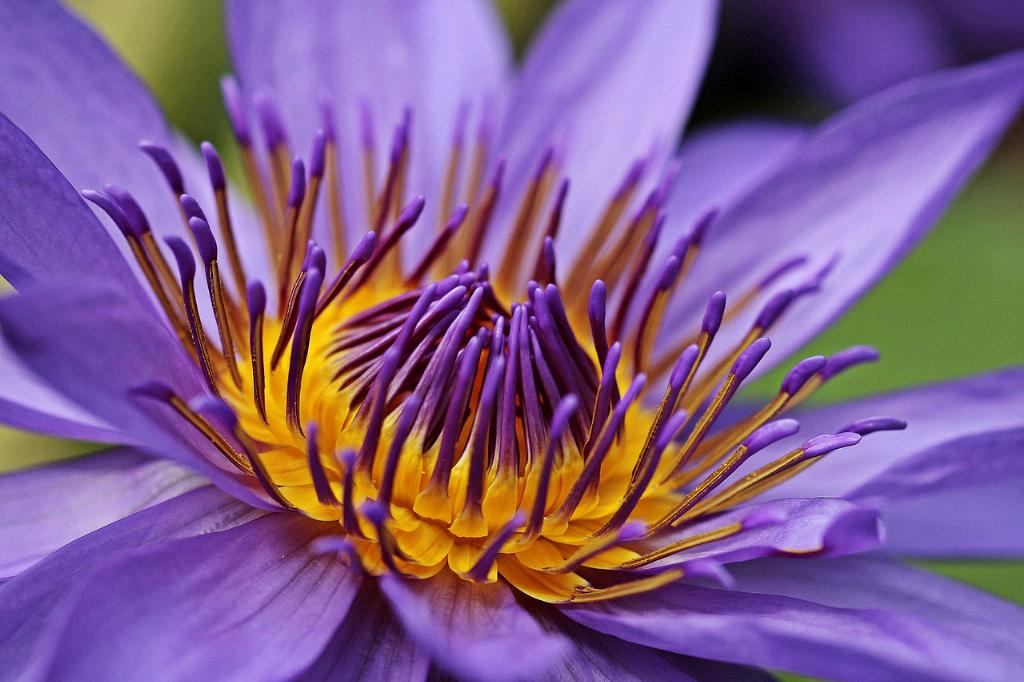As the cold winter months approach, it’s essential to ensure that your lilies are given the proper care to survive and thrive. Overwintering lilies, whether they are planted in the ground or in containers, is crucial for their long-term health and future blooming. In this article, we will explore the best practices for what to do with lilies over winter to help them through the colder season.
Preparing Lilies for Winter
Before winter arrives, it’s important to prepare your lilies for the harsh weather conditions. For lilies grown in containers, the ideal location to overwinter them is in a cool, frost-free area with good air circulation and plenty of natural light. Consider placing them in a well-ventilated cold greenhouse or frame to protect them from extreme temperatures.
Protecting Lilies in Ground
For lilies planted directly in the ground, there are additional steps you can take to protect them during winter. Consider adding a layer of mulch around the base of the plants to help insulate the roots and protect them from frost. This extra layer of protection can make a significant difference in ensuring the lilies survive the colder months.
Monitoring Moisture Levels
During winter, it’s crucial to monitor the moisture levels around your lilies. While it’s essential to keep the soil evenly moist, you should avoid overwatering them, as excessive moisture can lead to rot or fungal diseases. Be mindful of the watering needs of your lilies during winter to keep them healthy and thriving.
Checking for Pests and Diseases
Winter can be a dormant period for many plants, but pests and diseases can still pose a threat to your lilies. Take the time to inspect your plants regularly for any signs of infestation or disease. By catching these issues early, you can take proactive measures to protect your lilies and prevent any damage from occurring.
Pruning and Deadheading
While lilies may not be actively growing during winter, it’s still essential to prune and deadhead them as needed. Removing any dead or damaged foliage can help improve the overall health of the plant and promote new growth once the growing season resumes. Be sure to use sharp, clean tools when pruning to prevent the spread of diseases.
Providing Adequate Light
Light is a crucial factor for the health and growth of lilies, even during winter. If your lilies are overwintering in a greenhouse or other indoor space, ensure they receive adequate natural light to sustain them through the darker months. Consider placing them near a south-facing window or supplementing with grow lights to provide the necessary light levels.
Adjusting Temperature Levels
Temperature plays a significant role in the dormancy and growth of lilies during winter. While they can tolerate colder temperatures, it’s essential to avoid exposing them to freezing conditions. Monitor the temperature levels in the overwintering area to ensure they remain within the appropriate range for lilies to thrive without being damaged by frost.
Feeding and Nutrient Requirements
During winter, lilies may not require as much feeding as they do during the active growing season. However, providing them with a light application of balanced fertilizer can help support their overall health and prepare them for the upcoming growing season. Consider using a slow-release fertilizer to ensure a steady supply of nutrients over time.
Reevaluating Watering Schedule
As the environmental conditions change during winter, it’s crucial to reevaluate the watering schedule for your lilies. Factors such as temperature, humidity, and light levels can all impact the water needs of your plants. Adjust your watering routine as needed to prevent under or overwatering and maintain optimal soil moisture levels.
Supporting Growth and Development
While lilies may not be actively growing during winter, providing them with the right care and attention can help support their overall growth and development. By following these best practices for overwintering lilies, you can ensure that they emerge from the colder months healthy, robust, and ready to bloom when the spring arrives.
Conclusion
In conclusion, knowing what to do with lilies over winter is essential for their long-term health and successful growth. By taking the time to prepare and protect your lilies during the colder months, you can ensure that they survive the winter and emerge stronger and more resilient once the growing season returns. With the right care and attention, your lilies will continue to delight you with their beautiful blooms year after year.

